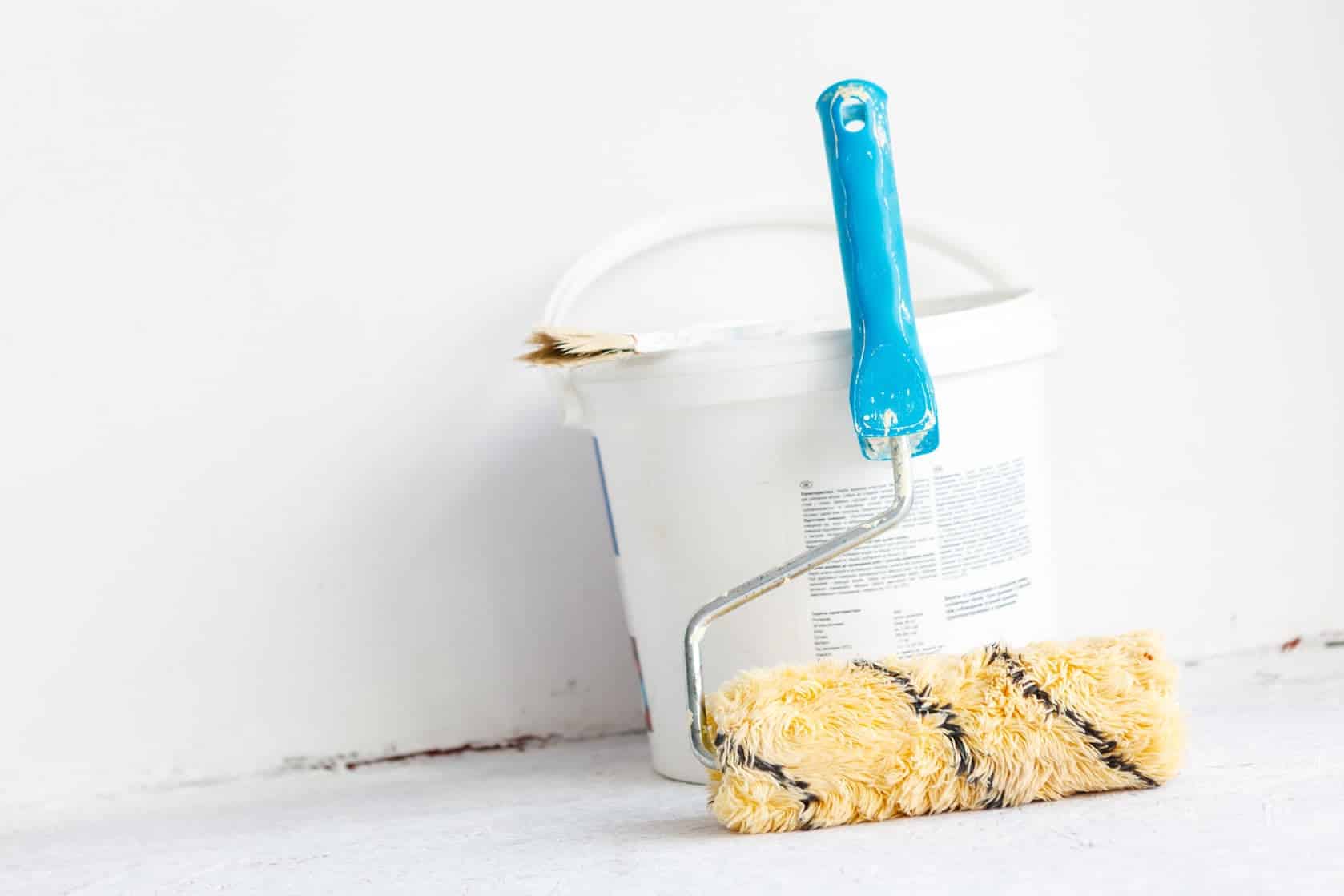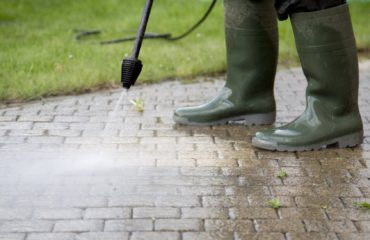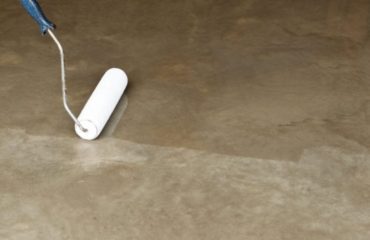With all of the concrete in the world (trust me, it’s an incredible amount), there are a number of different projects and uses people find for the material’s presence. However, all concrete, regardless of the project, is susceptible to environmental damage and gradual erosion due to the elements. Everyone has seen decrepit sidewalks cracked and spalled over time, allowing weeds to grow through, as well as slowly decaying bridge supports that are a major cause for concern in some areas of the country. There are an enormous number of other examples of decaying concrete, all of which emphasize the importance of taking the proper steps to seal and protect your concrete projects as soon as they are completed.
The best, easiest, and most cost effective way to protect concrete is by sealing it with a high quality concrete sealer. However, how do you know which product to use on your particular project? There is an incredible variety of sealers on the market, and it can often be confusing and daunting to wade through the many offerings.
To begin, if you have any sort of decorative concrete, such as a patio pool deck or a driveway made of pavers, you want to use an acrylic concrete sealer. An acrylic sealer will not harm your more delicate, decorative concrete. Instead of penetrating into the material, an acrylic sealer will remain on the surface, with its large particles of sealant unable to penetrate past the tiny surface pores. Pooling on the surface for you to spread out during the application process, the acrylic sealer will eventually provide a comprehensive layer of protection, much like a raincoat, over the surface of your concrete.
If you have more durable concrete, however, such as in a garage or a basement, you will likely want to use a penetrating concrete sealer. Penetrating sealers have smaller particles of sealant that can penetrate past the miniscule surface pores, delving deep into the concrete. Once in the concrete, the sealers will react with the various minerals already in the concrete, chemically strengthening and densifying the material. A by-product to this strengthening is the blocking up of pores and hairline cracks within the concrete, helping improve the concrete’s resistance to water damage. The better products on the market will even waterproof your concrete – most penetrating sealers are even permanent as well, providing life-long protection.
Another option in concrete sealer is if you want to put in a decorative floor system. If you have a gray, plain concrete slab as a floor, such as in retail stores, warehouses, or industrial-type buildings, then you may want to increase the visual appeal of your space. The easiest way to do this while also protecting the concrete is to use an epoxy floor system. Epoxies are a type of concrete sealer that remain on the surface level. They are durable and high-resistance, making them perfect for places with high traffic and the potential for damage from abrasions and scratches. Simply apply the epoxy basecoats, add any sort of decorative aggregate you desire (such as quartz, sand, or paint chips), and finish it off with a urethane or polyaspartic topcoat. A urethane topcoat will be clear and will feature strong resistance to spills and abrasions. A polyaspartic is actually just another type of urethane coat, though it dries incredibly fast, making it a premier choice for those wishing to finish projects overnight (re: many retail stores).
All of these options are great for protecting, and even enhancing, your various concrete slabs. Whatever your project, there will always be a best choice in concrete sealer, making it imperative that you do your research thoroughly before purchasing the sealer and getting to work.




